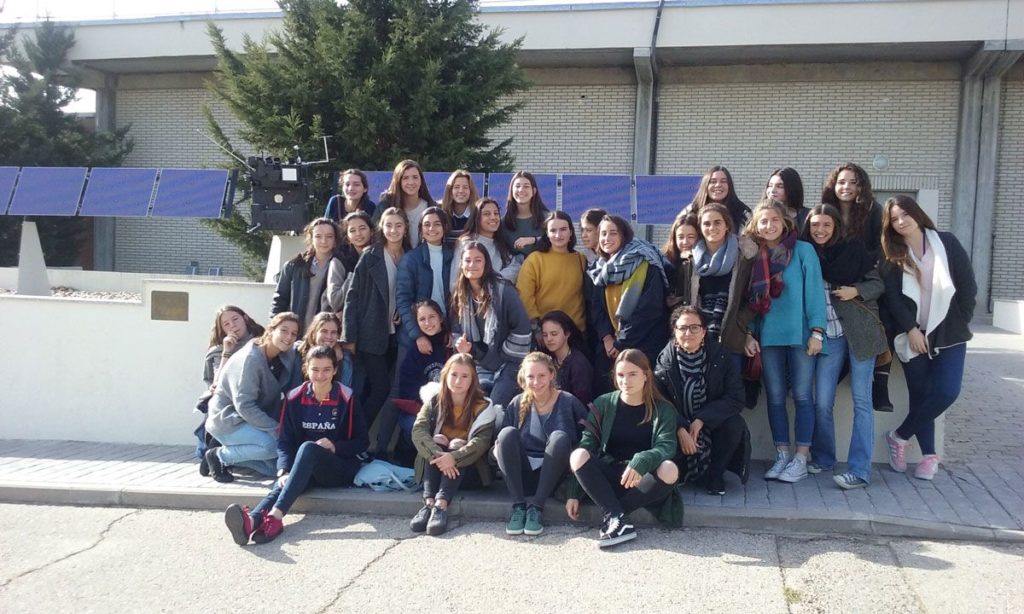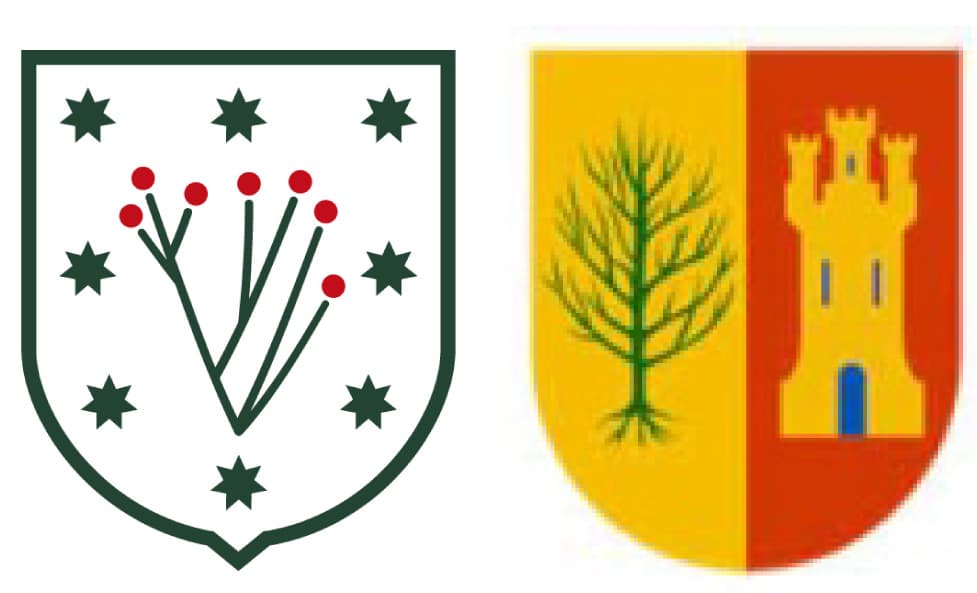A trip to the European Space Agency

Before today most of us did not even know what a real star was or what it looked like. It is funny how they are always out there, shining no matter what, very few people actually notice them. It is even funnier or stranger how, now, after only a brief session, we are almost capable of organizing them in what people informally call the H-R Diagram.The H-R Diagram stands for Hertzsprung-Russell Diagram, which basically shows the evolution of a star by analysing it’s brightness and temperature. Taking a more in-depth look at it, it measures and finds the relation between the two magnitudes just mentioned, the brightness in comparison to our sun and the temperature in kelvin degrees (from the center of the diagram being the hottest and the right part of it being the coolest) as it is the unit for it in the international system. It shows the long path of the “main sequence” which occupies the central region and goes from poor lighting and low temperature to very high kelvin degrees and great brightness. This sequence is where our sun would be in, and usually it follows 90% of an average star’s life. White dwarfs are a very specific type of star, which are characterized by being extremely hot but not very bright. In the H-R Diagram, they would be located in the lower left corner. Another kind of star we talked about is the giant red. It is not hard to imagine where this star would be. As it’s color is red, it is near the coldest part of the diagram and as it is unimaginably big it is very bright so it’s place in the graphics is pretty high. Some other celestial objects were mentioned such as “stars nursery”, “planetary nebula” and “protostar”, which are closely related to stars though not being one. We were able to place them in the H-R Diagram.
In conclusion, due to the great interest this topic has aroused, it would not be surprising to find any of us seeking for an answer through a telescope’s lens or watching some space-related documentary. I personally believe that this is actually “healthy” and good for people. It goes without saying that it is very human to find this matter that nowadays nobody cares about, fascinating. In ancient times, the sky was the first to become a subject to study, and there must be a reason for which astronomy is the oldest of all sciences. Not only space has always amazed us but in some way it has also shaped who we are. People from all places and ages have found inspiration, security or comfort by simply raising their sight to the open dark blue sea of stars. Uncountable people have found a friend in the moon. It is good to remember, at least once in a while, that in the end, we are all sailors of the same ship, sailing the same ocean, under the same sky.













